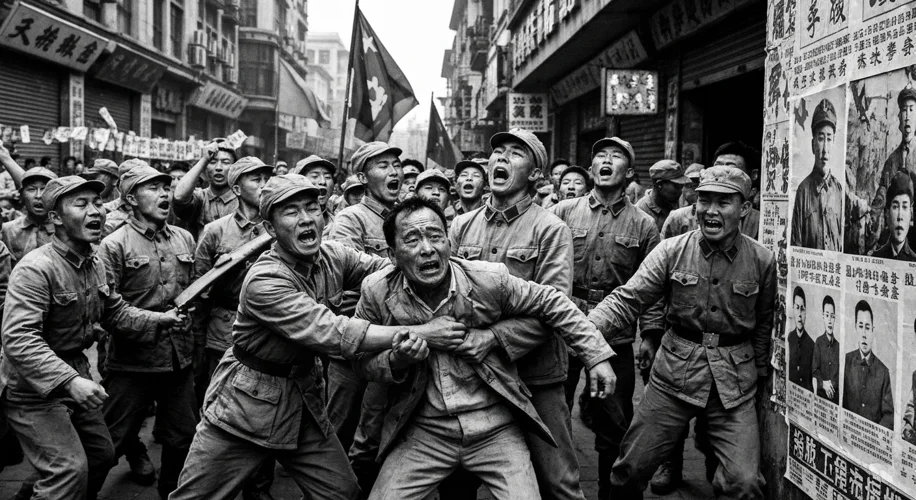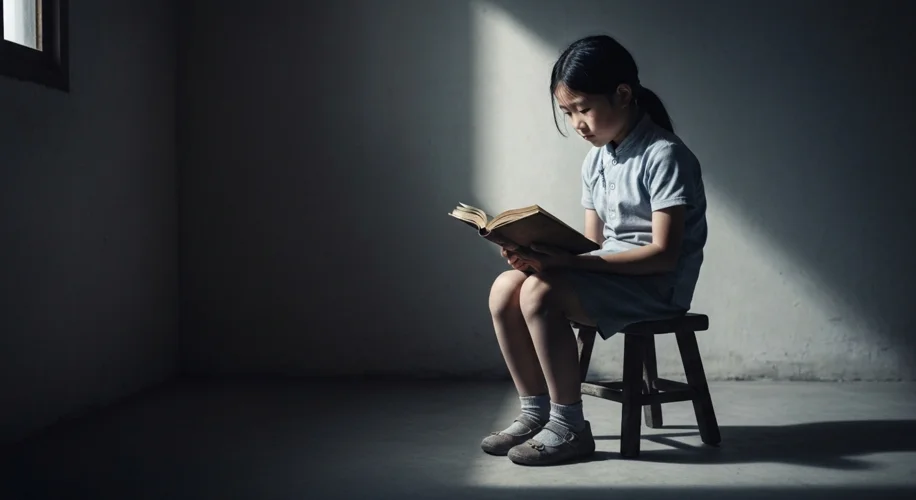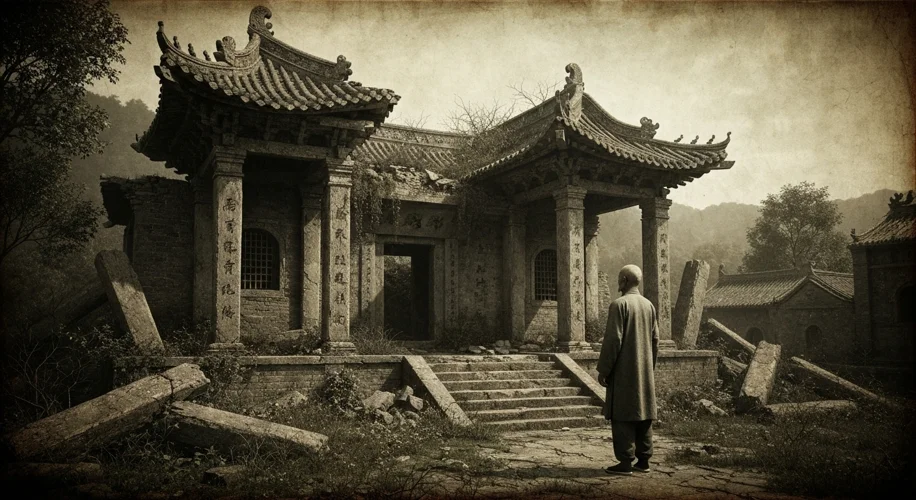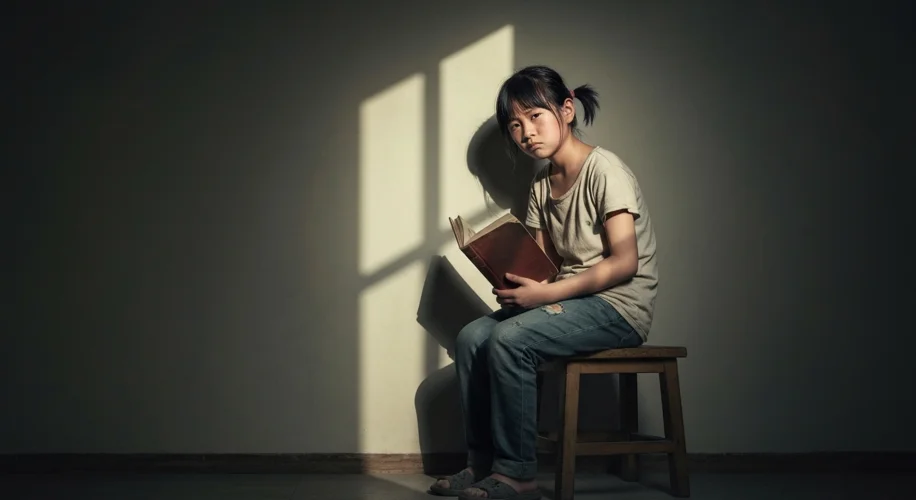The year is 1966. The air in China crackles with a feverish energy, a potent cocktail of revolutionary zeal and escalating paranoia. Red Guards, young and fiercely devoted, march through the streets, their eyes ablaze with a singular purpose: to purge the remnants of the old world and usher in a new era of Maoist purity. This was the beginning of the Great Proletarian Cultural Revolution, a decade-long maelstrom that would tear apart families, obliterate traditions, and leave indelible scars on the soul of a nation.
Imagine the scene: a bustling city square, not with the usual market chatter, but with the rhythmic chanting of slogans. Posters, splashed with vibrant propaganda, declare loyalty to Chairman Mao and denounce “bourgeois elements.” Suddenly, a commotion erupts. A respected scholar, his hands still stained with ink from years of study, is dragged from his home. His crime? Owning “dangerous” books and adhering to “feudal” ways. His accusers are not hardened criminals, but his own neighbors, perhaps even his former students, their minds poisoned by the intoxicating rhetoric of revolution.

This was the lived reality for millions. The Cultural Revolution, launched by Mao Zedong, was ostensibly a movement to preserve communist ideology by removing capitalist and traditional elements from Chinese society. But its methods were brutal, its targets often arbitrary, and its consequences catastrophic. Intellectuals, artists, teachers, and anyone perceived as “different” became pariahs. Their homes were ransacked, their possessions destroyed, their reputations dragged through the mud during public humiliation sessions known as “struggle sessions.”
Consider the experience of a young student, say, a girl named Li Wei. In 1966, she was a bright teenager dreaming of university. Instead, she found herself caught in the crossfire. Her father, a former businessman, was immediately targeted. Li Wei was forced to denounce him, to publicly disavow her own family, lest she too be branded an “enemy of the revolution.” Her letters from this period speak of a gnawing hunger, not just for food, but for normalcy, for the simple act of reading a novel without fear of reprisal. She recalls the chilling silence that fell over her classroom when the teacher was denounced and disappeared, replaced by a zealous Red Guard with more loyalty than learning.
The countryside fared no better. Villages were torn apart by factional violence between different Red Guard groups. Traditional festivals and religious practices were brutally suppressed. Temples were desecrated, ancient artifacts destroyed. The very fabric of community life was unraveled, replaced by an atmosphere of suspicion and fear. Farmers were forced to abandon their land to participate in political rallies, leading to widespread famine. The slogan “It is right to rebel” became a justification for widespread lawlessness and violence.

The impact of the Cultural Revolution extended far beyond the immediate physical and emotional trauma. China’s economy was devastated. Its educational system was crippled for a generation, with universities shut down and intellectuals persecuted. The cultural heritage of millennia was systematically attacked, leaving a void that would take decades to even begin to fill. The trust between people, between families, was shattered, an invisible wound that would fester for years.
Even after Mao’s death in 1976 and the official end of the Cultural Revolution, the scars remained. The Chinese government has since acknowledged the “grave errors” of the period, but the full extent of the suffering and the lessons learned are complex and often debated. Many survivors bear the psychological weight of their experiences, grappling with the betrayal, the loss, and the difficult task of rebuilding their lives and their faith in humanity.

The Cultural Revolution serves as a stark reminder of how quickly ideology can morph into destruction when unchecked by reason and compassion. It is a testament to the resilience of the human spirit, but also a chilling account of how easily fear and propaganda can manipulate and break individuals and societies. The whispers of this tumultuous decade continue to echo through China, a somber lesson from the past that still shapes the present.

